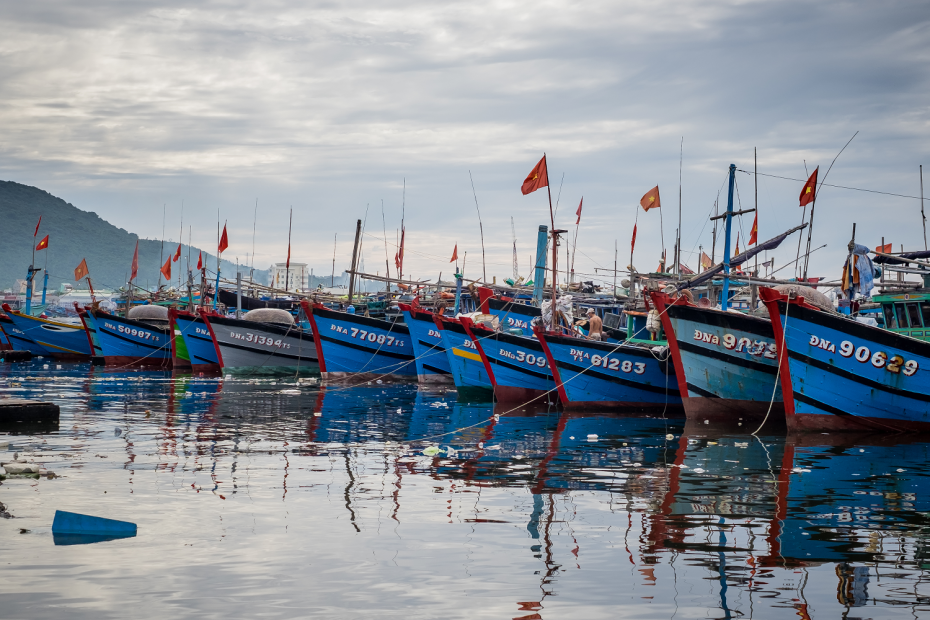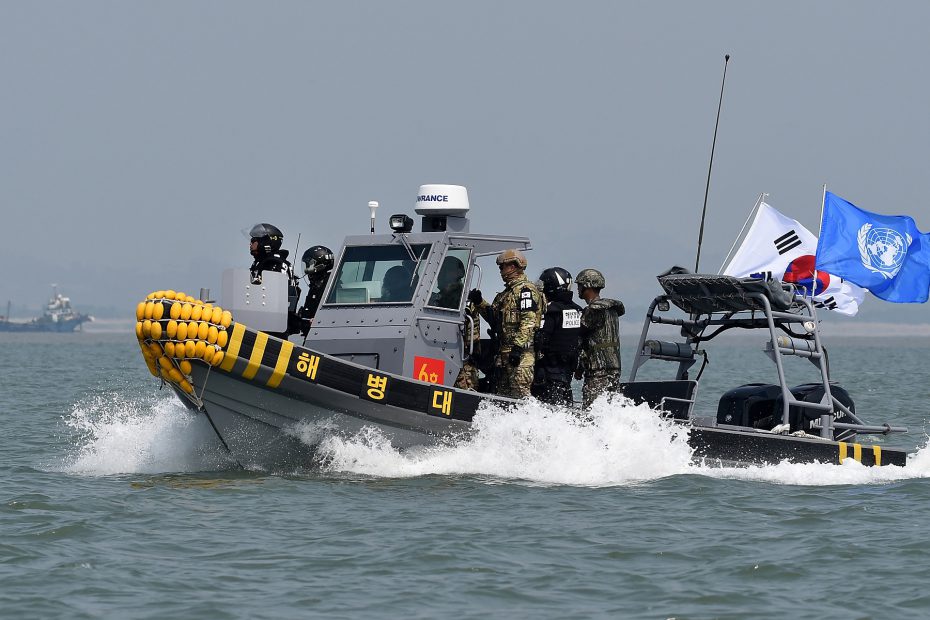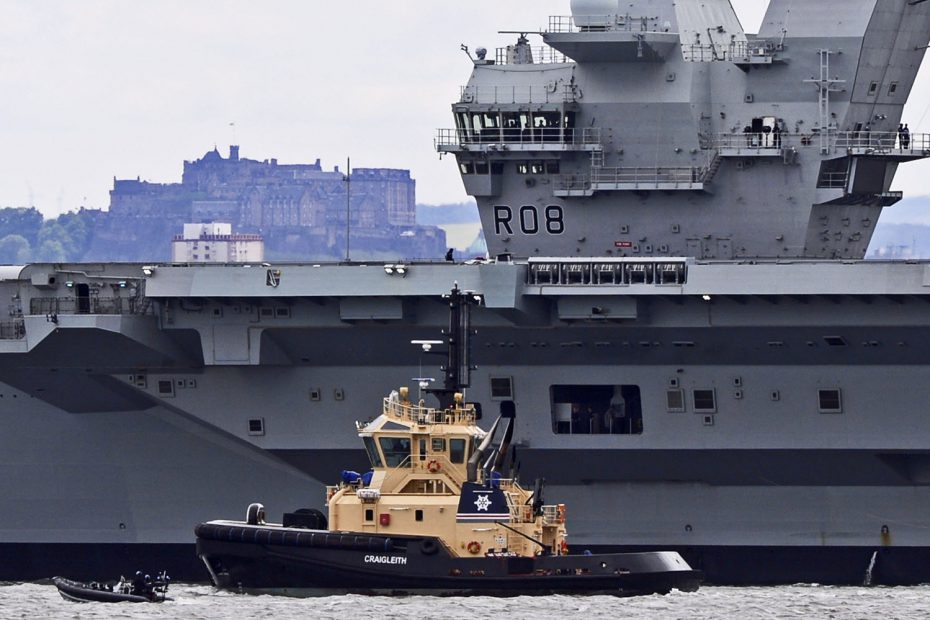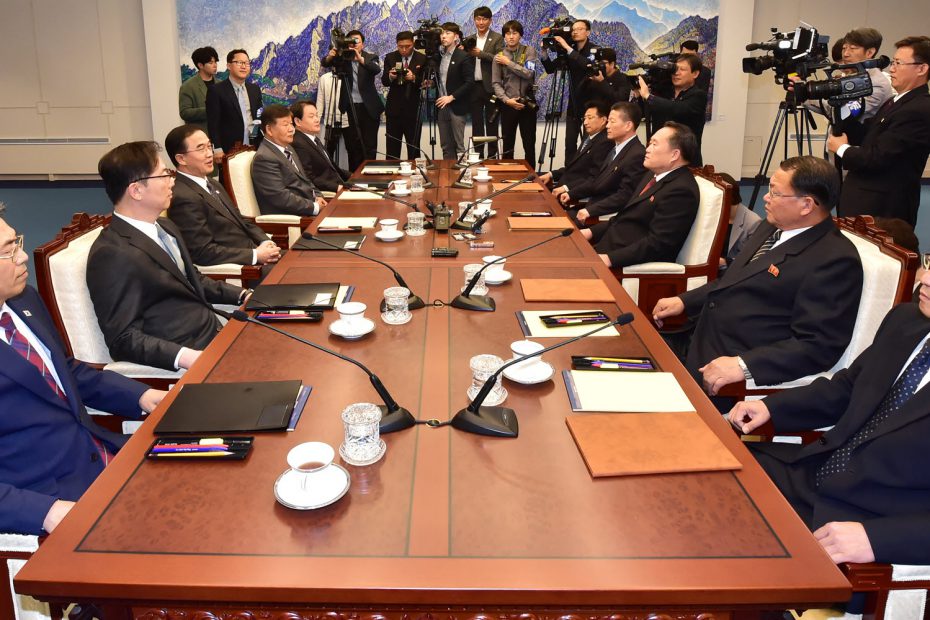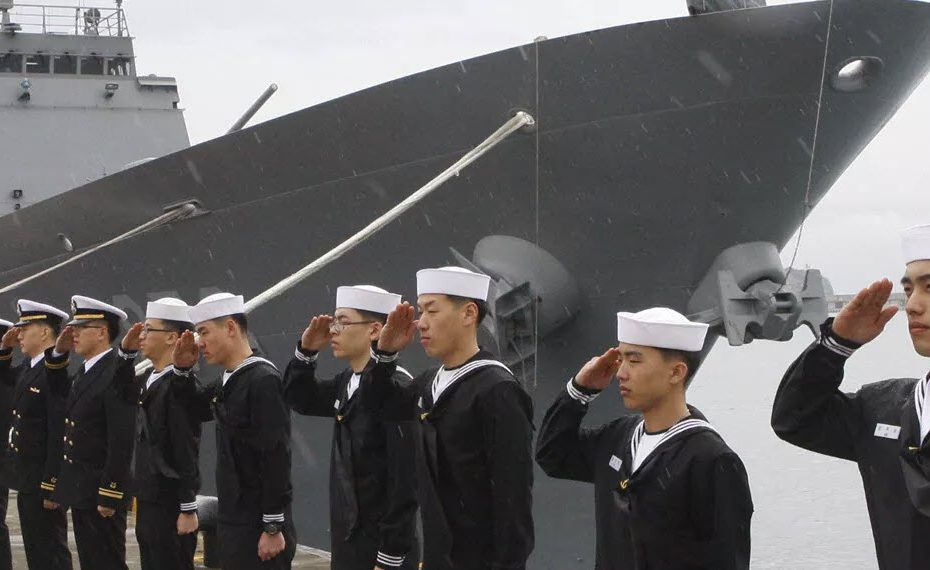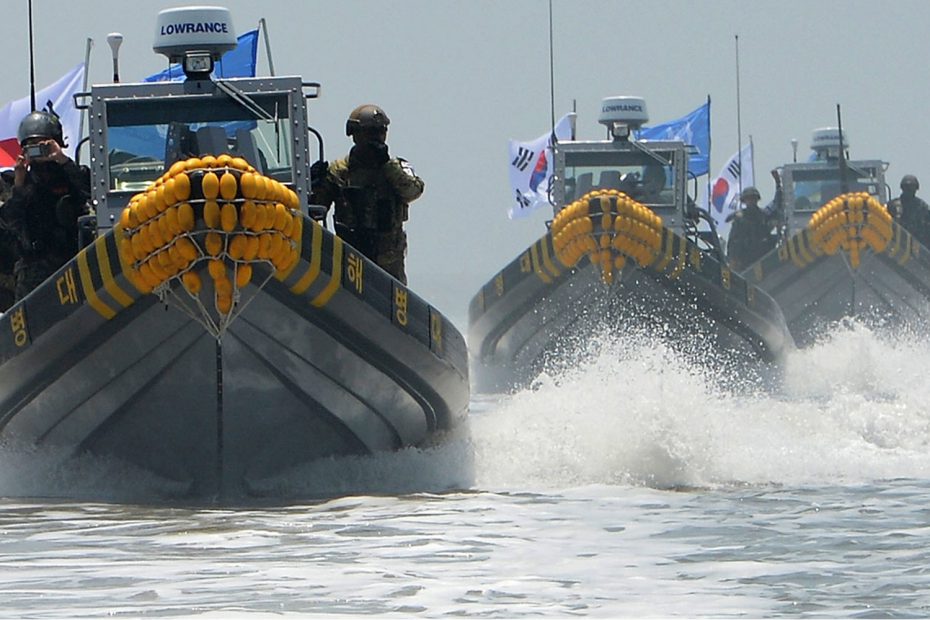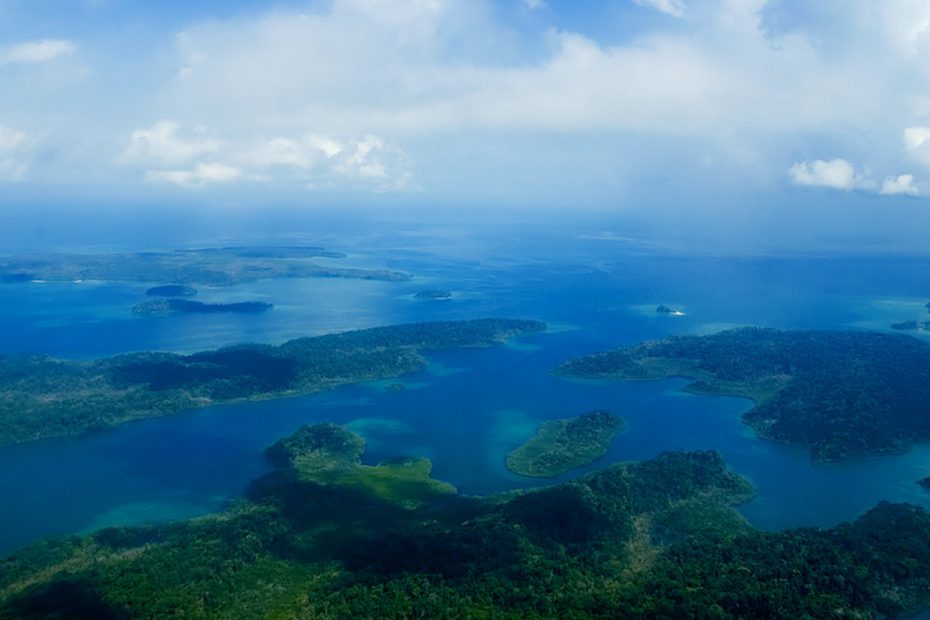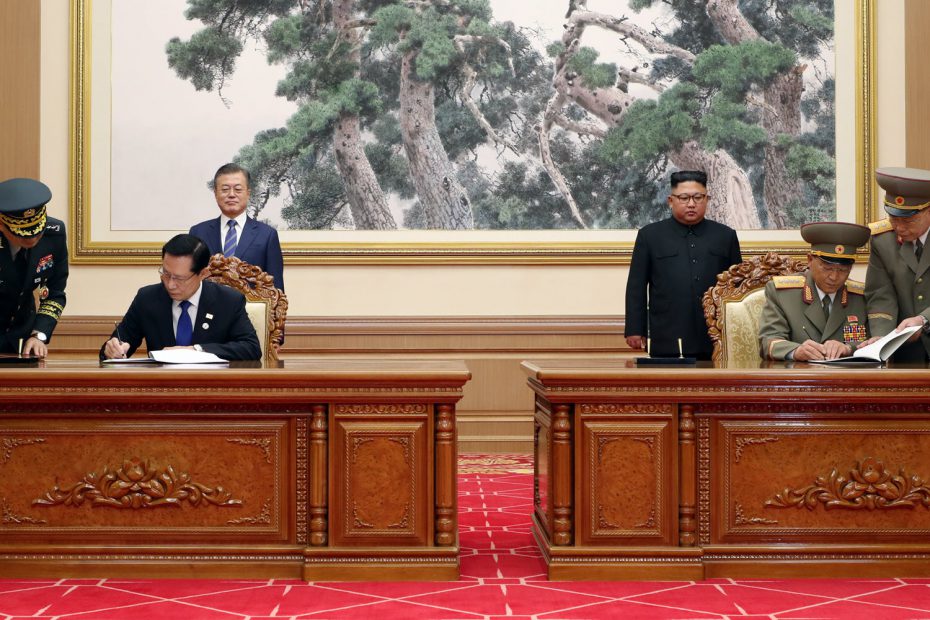Maritime Militias in the South China Sea
In early April 2019, the Philippines protested the presence of more than two hundred Chinese vessels that since January had blocked Sandy Cay, a disputed area near a Philippine-occupied island called Pagasa in the Spratly Islands. At the same time, Vietnam lodged an official protest against Chinese maritime surveillance vessels that chased and fired at a Vietnamese fishing boat in the disputed waters around the Paracel Islands. These incidents once again have raised questions about the legality of China’s use of its maritime militia to enforce its claims in the South China Sea. Vietnam has built its own militia to… Read More »Maritime Militias in the South China Sea
